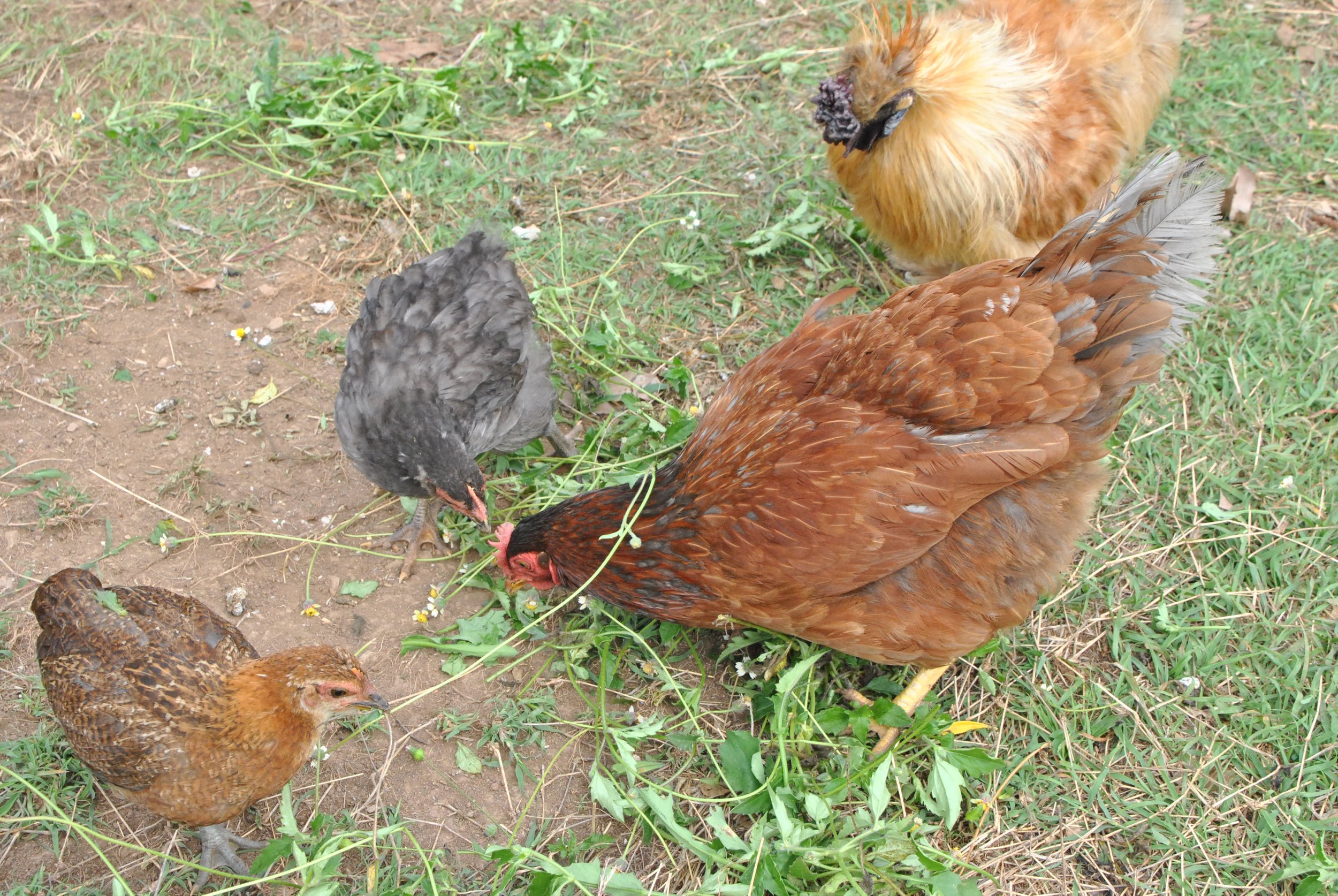Coatbuttons (Tridax procumbens)
Have you ever had a dreaded weed in your yard that you came to love and welcome? For me that was Tridax procumbens, commonly called Coatbuttons or Tridax daisy. Coatbuttons is a hirsute (fuzzy/hairy) perennial herb that grows up to 40cm in height with long sprawling stems that can grow up to 75cms in length.
Growing Conditions and Spread
Like most ‘weeds’ Coatbuttons is an opportunistic grower and it is not overly picky to it’s growing conditions. For example, ours grows amongst our stone retaining wall where the temperature can get quite high during sunny days. It will also grow in part-shade and a variety of soil quality. As a perennial, Coatbuttons makes an ideal cut and come again plant. You can strip all the foliage off and it will regrow without a problem, unfortunately this makes eliminating it a real hassle (particularly as it is growing within a rock retaining wall for us) as you must physically remove or destroy the root (ie weed killer or boiling water). Further to it’s propensity to grow incredibly fast, it also spreads readily by airborne seed, with one plant capable of producing up to 1500 seeds. Due to its ability to spread and regrow, Coatbuttons have understandably earned quite a reputation as a weed to be eliminated in various countries.
All of this is making it seem more and more like why would anyone not hate this plant? Well….
Usage
…It’s an incredibly useful plant!
The leaves can be cooked and eaten for human consumption. My chickens love eating the raw leaves which makes a great additive to their diet to reduce dependence on bought feed as well as potential medicinal benefits.
Oh yes, further to it’s food usage there is a wide range on medicinal benefits beginning to be shown through research of Coatbuttons¹. There is evidence it can work as an anti-inflammatory, anti-fungal, anti-diabetic and anti-microbial. Historically it’s been utilised as a medicinal herb in many forms, from teas, poultices and in oils. It’s been used to help with anaemia and also as an anti-parasitic. The preparation methodology seems to be very important in which phytochemicals can be extracted and further research needs to be undertaken to determine the most effective methodology for different ailments, at least to be used in a medical format.
I personally find, if left alone for a short while the plant forms a dense mat that makes it easily rolled up to harvest for my chickens. While I would never suggest anyone intentionally grow this weed, if it finds you, you needn’t consider WWIII trying to eliminate it and instead make the best of an otherwise poor situation. Happy foraging.
Further Reading
¹ https://pdfs.semanticscholar.org/73b3/ab49990a782057b22102c1d6804f9ba697a6.pdf
https://keyserver.lucidcentral.org/weeds/data/media/Html/tridax_procumbens.htm
https://tropical.theferns.info/viewtropical.php?id=Tridax+procumbens
http://www.plantsoftheworldonline.org/taxon/urn:lsid:ipni.org:names:257735-2
https://www.researchgate.net/publication/42973055_Chemical_Profile_of_Tridax_procumbens_Linn





